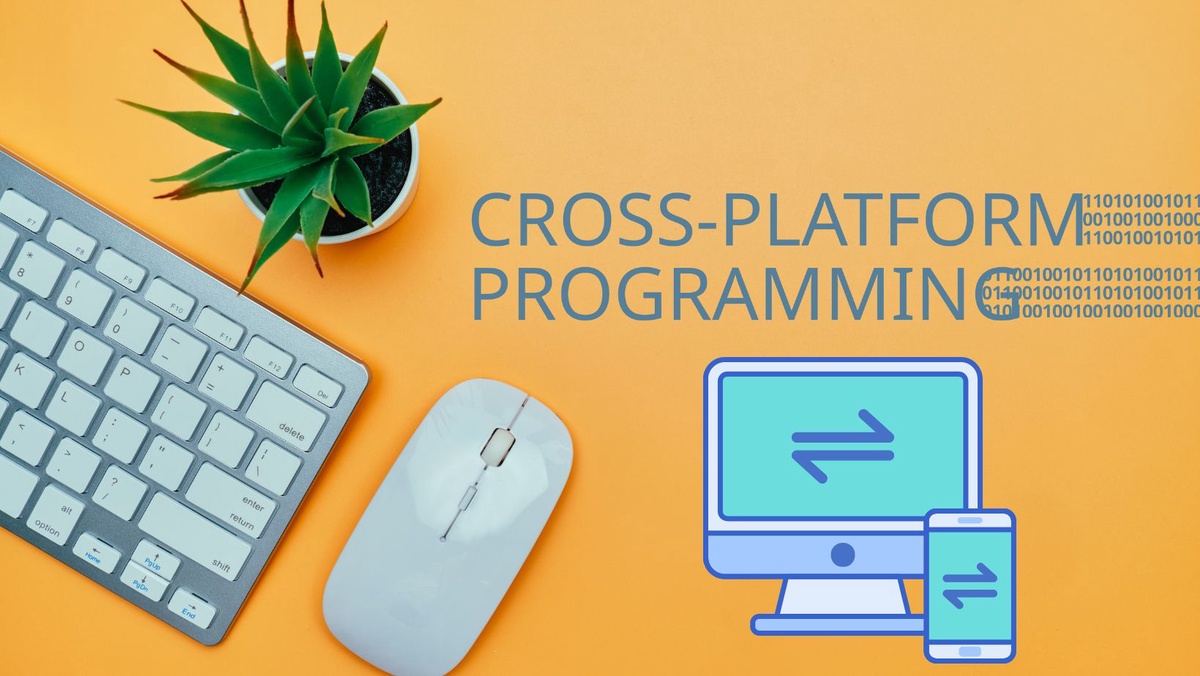In today's fast-paced digital world, businesses are constantly seeking innovative ways to expand their reach. One of the most effective ways to do so is through mobile applications. However, a common dilemma faced by developers is choosing between native and cross-platform mobile app development. In this article, we will delve into the pros, cons, and best practices of cross-platform mobile app development, shedding light on the factors that can help you make an informed decision for your next project.
Understanding Cross-Platform Mobile App Development
Cross-platform mobile app development refers to the creation of applications that can run seamlessly on multiple operating systems, such as iOS and Android, using a single codebase. This approach offers several advantages, making it an attractive choice for businesses looking to save time and resources.
Pros of Cross-Platform Mobile App Development
Cost-Effectiveness: Developing a cross-platform app reduces costs significantly as you only need to write and maintain one codebase. This eliminates the need for separate teams for different platforms, saving both time and money.
Faster Development: Cross-platform development accelerates the development process. With shared code and resources, developers can build applications more quickly, ensuring a timely market release.
Wider Audience Reach: By targeting multiple platforms, cross-platform apps reach a broader audience. This inclusivity enhances your app's visibility and potential user base.
Uniform User Experience: Cross-platform apps provide a consistent user experience across different devices and platforms. This uniformity is vital for establishing your brand identity and building user trust.
Simplified Updates and Maintenance: Managing updates and maintenance becomes hassle-free with a single codebase. Changes made to the code are reflected across all platforms, ensuring uniformity in features and bug fixes.
Also read- Is Python App Development Right Choice for Mobile Apps?
Cons of Cross-Platform Mobile App Development
Performance Limitations: Cross-platform apps may face performance challenges compared to native counterparts. Certain complex features may not function as efficiently, affecting user experience.
Limited Access to Native Features: Some platform-specific features and functionalities might be inaccessible or challenging to implement in cross-platform development. This limitation could impact the app's overall capabilities.
Dependency on Third-Party Tools: Cross-platform development often relies on third-party frameworks and tools. Depending on external solutions may lead to compatibility issues or limited customization options.
Potential UI/UX Challenges: Achieving a seamless user interface and experience across different platforms requires meticulous design and development. Inadequate attention to detail can result in a disjointed user journey.
Slower Adoption of New Features: Cross-platform tools may take some time to adopt new features introduced by operating systems. This delay could affect your app's competitiveness and relevancy.
Best Practices for Cross-Platform Mobile App Development
Choose the Right Framework: Research and select a cross-platform framework that aligns with your project requirements. Popular choices include React Native, Flutter, and Xamarin, each offering unique advantages.
Optimize for Performance: Pay attention to app performance by optimizing code, images, and animations. Conduct thorough testing across various devices and platforms to identify and address performance bottlenecks.
Prioritize User Experience: Invest in intuitive and user-friendly designs that cater to the expectations of both iOS and Android users. Consistent navigation and visually appealing interfaces enhance user satisfaction.
Utilize Platform-Specific Code: While the majority of the code is shared, leverage platform-specific code snippets for features that require native functionalities. This ensures optimal performance and access to platform-specific capabilities.
Regularly Update and Test: Stay updated with the latest platform changes and update your app accordingly. Regular testing, including beta testing, helps identify issues early, ensuring a smooth user experience upon launch.
Conclusion
In the realm of mobile app development, the choice between native and cross-platform approaches is pivotal. Cross-platform mobile app development offers cost-effective solutions and wider audience reach but demands careful planning and execution. By weighing the pros and cons and implementing best practices, developers can create high-quality cross-platform apps that deliver exceptional user experiences. Stay informed, adapt to changing technologies, and your cross-platform app can indeed outrank others, providing value to both your business and users.


No comments yet